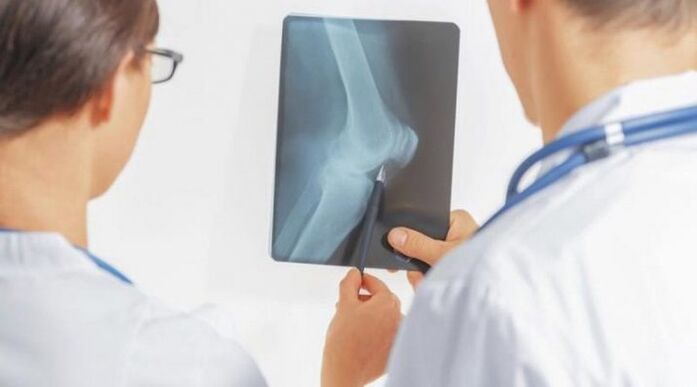
Regular pain in the knee while moving and restriction of mobility indicates a serious problem with the joint. With a high degree of probability, a diagnosis of arthrosis will be made - the breakdown of the cartilage tissue of the joint. To prevent disability, it is necessary to treat arthrosis of the knee joint.
What drugs are prescribed for the treatment of joint arthrosis?
The choice of treatment system and appropriate drugs depends on the degree of joint damage and the presence of accompanying diseases. If arthrosis is in the 1st or 2nd stage, then drug treatment is possible. During the 3rd stage of the disease, which is aggravated by other diseases, the only treatment method is surgical intervention. Therefore, it is important to recognize the problem in time and start solving it using conservative methods.
Arthrosis can develop in childhood due to improper formation of ligaments or articular surfaces.

The disease can also appear after injury or the formation of other pathologies of the body, including:
- fractures, muscle strains, bruises and knee dislocations;
- results of professional sports;
- meniscus surgery;
- arthritis;
- obesity;
- salt deposits in the joint;
- pathologies accompanied by muscle spasms.
If the treatment of arthrosis of the knee joint begins immediately after the first symptoms of the disease are detected, complete recovery is possible. At a later stage, when the disease becomes chronic, long-term remission can be achieved.
Classic treatments include:
- use of drugs;
- manual therapy, exercise therapy, physiotherapy and massage;
- use of traditional medicine (ointments, rubs).
Today, doctors offer new methods of treating arthrosis of the knee joint: the use of drugs containing hormones, drugs to eliminate spasms and restore cartilage tissue of the joint. These are non-steroidal anti-inflammatory drugs, chondroprotectors, various types of ointments, compresses, and intra-articular injections.
Complex treatment of arthrosis of the knee joint is also possible, where it is allowed to use traditional medicine, medicines and at the same time massage. They complement each other's actions, relieve pain and promote joint renewal.
Let's consider how each type of drug works in the treatment of arthrosis.
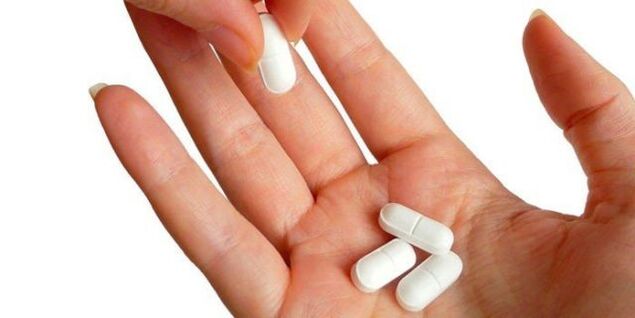
General Information
In the process of restoring the joint, you should limit the load on the knee and follow the orthopedic regime. During an exacerbation, the patient's nutrition plays an important role.
All efforts in the treatment phase should be focused on:
- painkiller;
- elimination of inflammation and swelling;
- improvement of joint cartilage condition;
- activation of blood supply to the painful knee;
- joint muscle recovery.
Nonsteroidal anti-inflammatory drugs
The treatment regimen for knee osteoarthritis usually consists of nonsteroidal anti-inflammatory drug (NSAID) therapy. They reduce pain and relieve inflammation. It is most effective to prescribe drugs in the form of injections. Medicines quickly affect the affected area and do not affect the work of the gastrointestinal tract. Sometimes NSAIDs are used in the form of an ointment. They are less effective and usually serve as an adjunct to the main treatment.
The attending physician usually prescribes non-steroidal drugs at the lowest effective doses, increasing them if necessary.
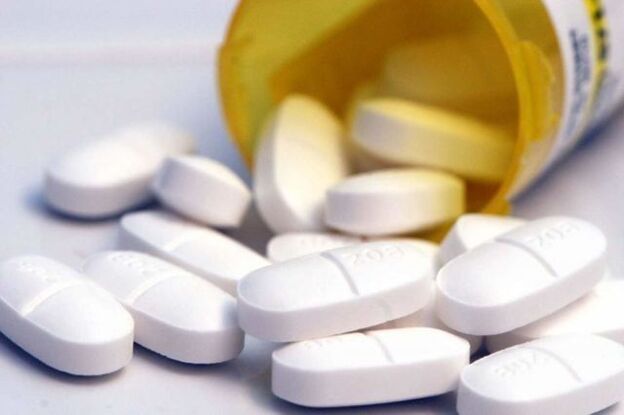
Chondroprotectors
In addition to NSAIDs, chondroprotectors, which restore cartilage tissue and improve the composition of synovial fluid, are prescribed to improve painful knee conditions. A special feature of this group of drugs is a long recovery period during drug administration. The course of treatment of arthrosis of the knee joint with chondroprotectors lasts six months or more. If no visible changes occur during this time, other recovery methods are selected.
It is recommended to use chondroprotectors and hyaluronic acid at the same time. Preparations based on hyaluronic acid are injected together. They promote the regeneration of connective tissues, because they participate in the formation of chondrocytes - articular cartilage cells.
Ointments for knee treatment
The use of local medicines for arthrosis, for example, ointments, is also recommended. They cannot completely cope with the disease, so they are used in combination with other drugs. The use of ointments can speed up healing.
The main effects of ointments for arthrosis:
- eliminate inflammation;
- relieve pain;
- eliminate muscle spasms;
- improve blood circulation;
- hot;
- improve nutrition of joint tissues;
- protects against the development of infection.
Compresses for knees with arthrosis
This type of manipulation is most common in the treatment of gonarthrosis and arthrosis. This is due to the fairly quick elimination of the symptoms of the disease. Compresses are most often used in alternative medicine, where decoctions and tinctures of herbs are used for treatment. It is necessary to understand that a compress will not cure the disease by itself, so you should combine its use with taking traditional medicines.
The use of compresses is associated with the rapid achievement of positive effects:
- blood circulation improves;
- nutrients and components of the drug quickly reach the affected area of the joint;
- muscle tone increases;
- inflammation is eliminated;
- pain intensity decreases;
- the functionality of the synovial fluid is restored.
Intra-articular injections
Intra-articular injection is one of the most advanced forms of treatment. This treatment is highly effective, but also quite expensive. Due to the fact that the medicine reaches the effective area directly, the condition of the painful knee improves. The drug stops the development of the inflammatory process and provides nutrition to the articular cartilage. Intra-articular injections of chondroprotectors treat the joint and not only relieve symptoms.
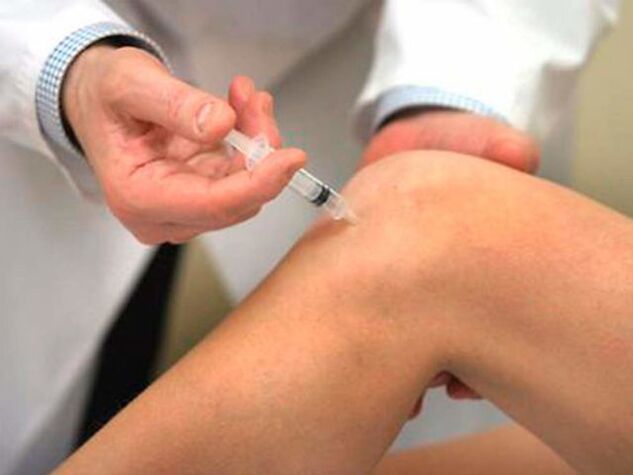
If the drug is injected directly into the area of the joint capsule, it begins to act immediately. With intramuscular, intravenous injection and taking tablets, the onset of action is significantly prolonged. In addition, it has negative effects on other organs.
There are two groups of drugs prescribed for joint injections. These include glucocorticoids and hyaluronic acid.
Vitamin complex
Vitamins are an important adjunct to medications and other treatments. They promote the rapid renewal of cartilage tissue, and also maintain the general condition of the body. During the treatment of arthrosis, vitamins B, C, A and E are prescribed in parallel with drugs.
Hand therapy in the treatment of gonarthrosis
Comprehensive therapy for arthrosis should include manual therapy procedures. The specialist uses his hands on the patient's body to improve blood circulation in the affected joint, normalize its mobility and prevent atrophic processes. Hand exercises, when combined with drugs, help in the treatment of arthrosis of the knee and hip joints.
The duration of manual therapy procedures depends on the severity of arthrosis. Usually, the doctor prescribes 1 to 10 sessions. This method is effective in the initial or middle stages of the disease. The degree of damage, treatment methods and the duration of use of each method should be determined by an orthopedist after a comprehensive diagnosis.
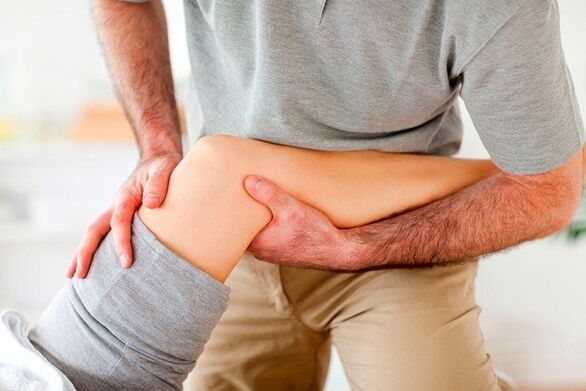
Physiotherapy for gonarthrosis
This method of joint treatment is very effective together with drugs. Physiotherapy can speed up the recovery process, reduce the dose of drugs taken and the possibility of side effects.
Several types of physiotherapy are used for arthrosis:
- exposure to a magnetic field;
- electrophoresis;
- exposure to radiation;
- ultrasound effect.
The type of physiotherapy, their duration and amount are determined by the physiotherapist after the diagnosis of the patient. There are a number of concomitant diseases for which physiotherapy is contraindicated.
Physiotherapy
Special exercises for arthrosis are used in the early stages of the disease, when the cartilage tissue has not yet been destroyed. Moderate physical activity can stop negative changes in joints. In the later stage of arthrosis, physical education is used for therapeutic purposes during the period of remission, when initial therapy is carried out to eliminate pain and inflammation.
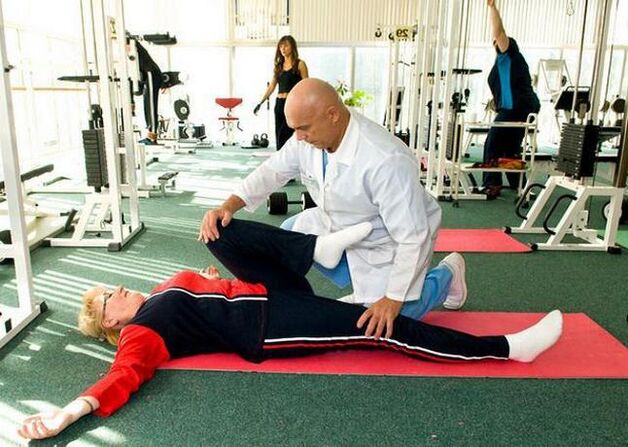
All exercises should be performed smoothly with a moderate load on the legs. A correctly selected complex of exercise therapy improves blood circulation, increases metabolism and activates the absorption of drugs, strengthens muscles, which ensures effective treatment of arthrosis of the knee joint.
Treatment of rheumatoid arthritis includes physiotherapy exercises.
Surgery
Late stage arthrosis cannot be treated with medicine. The only solution is surgery. Only he can restore the mobility of the knee. Factors for the appointment of surgical treatment are the third stage of arthrosis, the lack of effect of conservative methods and serious knee injuries against the background of the development of arthrosis.
Today, there are four types of surgical intervention in the treatment of knee pain:
- joint protector;
- joint replacement;
- joint resection;
- joint strengthening.
The type of operation is selected by the doctor based on the degree of joint damage, accompanying diseases and the reaction of the patient's body to the use of a certain conservative treatment method. It should be understood that surgical intervention is accompanied by long-term rehabilitation using a therapy complex. Therefore, the need for surgery should be strictly justified by a comprehensive diagnosis.
Diet
During the development of arthrosis, proper nutrition can reduce the degree of joint damage and increase the effectiveness of the treatment of the disease. It is important to understand which foods should be in the diet regularly and which should be left forever. Sea fish, fresh vegetables and fruits help to improve joint function. Fish oil improves the condition of cartilage. In addition, phosphorus, iron and selenium are important in the formation of many tissues, including cartilage. Apple and pomegranate juice have good anti-inflammatory properties. Their presence in the diet not only prevents the development of inflammatory processes, but also fights with those that have already started.
People suffering from arthrosis should exclude foods containing trans fats from their diet. In addition, you should avoid fatty meat, whole milk and corn oil. The oils contained in these products destroy the cartilage tissue of the joints.



















